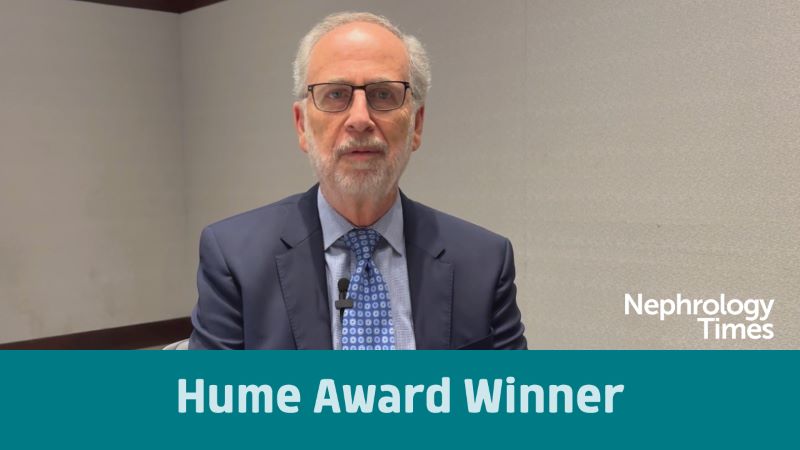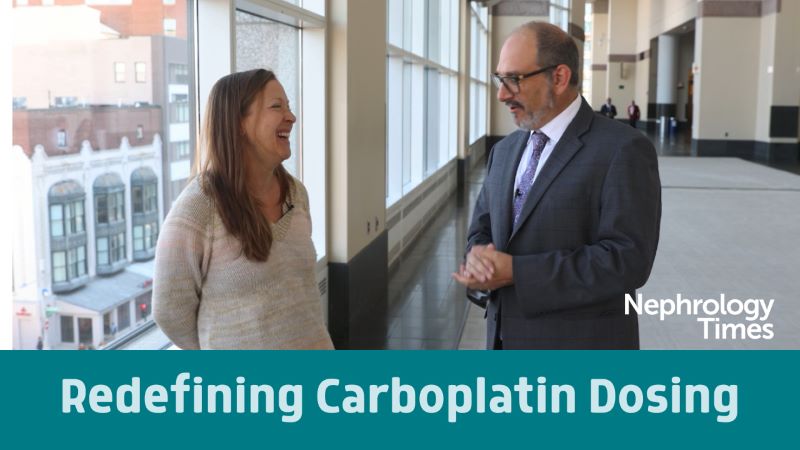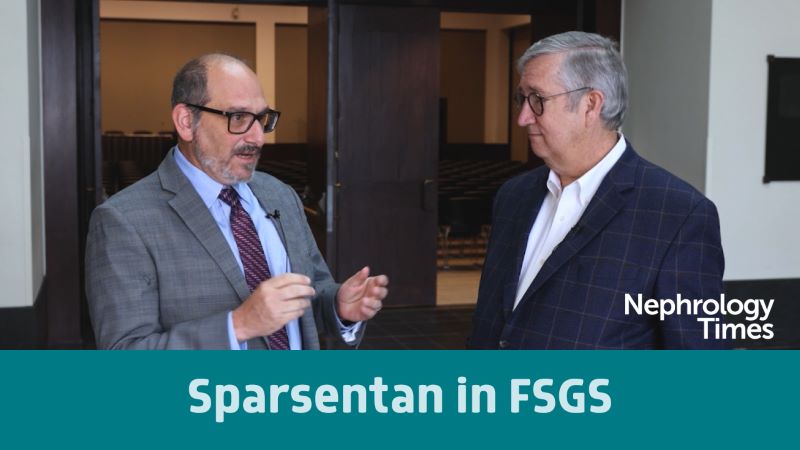Relapsed Multiple Myeloma: Iberdomide and CC-480 CELMoDs
By DocWire News Editors - Last Updated: April 27, 2023In the final part of Docwire News’ roundtable series discussing Relapsed/Refractory Multiple Myeloma, moderator Dr. Saad Usmani and Dr. Urvi Shah discuss data presented at ASH 2021 on using iberdomide in patients with CELMoDs. They conclude the discussion by discussing the pros, cons, and future of the oral treatment.
Saad Usmani:
We had data around iberdomide and the CC-480 CELMoDs being presented as well. And I think Dr. Lonial presented the iber combination data in the same session as the bispecifics. So, what are your thoughts around those updated data? It looks like CELMoDs are active in patients who are imaged refractory, but what’s that their future? Are we going to combine them with new AIOs or just do the usual PI combos and just — What’s going to happen to the CELMoDs?
Urvi Shah:
Iberdomide, I think will find its place in terms of us needing more EMITs because EMITs have been effective. We have lenalidomide then pomalidomide and once they are refractory to that, what’s next in terms of combinations? Iberdomide probably will be the next one that could be combined either with a bispecific or with some other class of drugs. So I think iberdomide would be useful. The overall response rate, though, was only about, I think, around 30%, in the study. And when we look at other bispecifics, their range is about 60 to 80% or maybe 50 to 80%.
So, in that triple-class refractory population, iberdomide, even though it has some efficacy, it’s not looking as promising as these other bispecifics. So, I think, in terms of where it will end up, it might end up in combinations with other drugs. The advantage being oral, and easier to administer. But, I don’t think it’s as exciting as these other drugs in terms of the triple-class refractory having high response rates, where patients are in remission for much longer times.
Saad Usmani:
Yeah. I mean, both Cesar and I talked about the dara combinations with bispecifics. So, if you’re already seeing well over 80% responses in relapse refractory space, imagine having that combo for newly diagnosed, transplant ineligible folks. I know we’re looking at some concepts within our team and many other people are. The companies are certainly looking at that possibility as well.
But it’s highly likely that we can have EMIT PI free combinations for patients, just monoclonal antibody-based combinations for patients in the frontline setting. Now, that’s all exciting.







 © 2025 Mashup Media, LLC, a Formedics Property. All Rights Reserved.
© 2025 Mashup Media, LLC, a Formedics Property. All Rights Reserved.